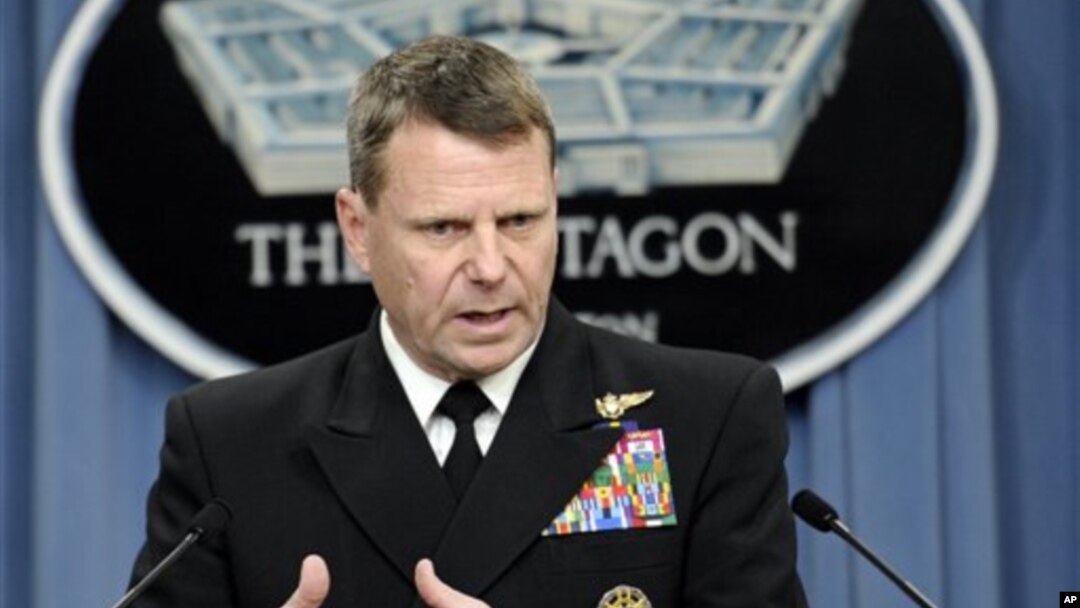The U.S. has dismissed media reports that Washington and Seoul have different assessments of Pyongyang’s nuclear ability to miniaturize a nuclear weapon.
Last week, U.S. Navy Admiral William Gortney, commander of North American Aerospace Defense Command and U.S. Northern Command, told reporters that Washington believes Pyongyang does have the ability to miniaturize a warhead.
“Our assessment is that they have the ability to put a nuclear weapon on a KN-08 and shoot it at the homeland,” he said, in reference to North Korea’s intercontinental ballistic missile.
Gortney’s comments sparked controversy in Seoul, prompting South Korean officials to dismiss the assessment.
On Monday, South Korean Vice Defense Minister Baek Seung-joo said Gortney’s comments were not made with a “thorough assessment” of Pyongyang’s nuclear capabilities.
The Wall Street Journal said Baek’s comments marked “a high-level public split over the level of North Korea’s threat” between the U.S. and South Korea.
But the Pentagon has played down the controversy, saying there is no disagreement between the two allies on North Korea’s ability to miniaturize a nuclear weapon.
“As Admiral Gortney noted, we have not seen North Korea test or demonstrate the ability to miniaturize a nuclear weapon and put it on an ICBM. However, given the grave consequences of getting it wrong, it is prudent for a military planner to plan for the worst,” Pentagon spokeswoman Henrietta Levin told VOA.
U.S. experts have offered mixed assessments of Pyongyang’s nuclear threat.
Retired U.S. General James Thurman, the former commander of U.S. forces in South Korea, told VOA that he shares Gortney’s view. “I believe North Koreans have full intentions to continue their nuclear development,” he said.
Bruce Klingner, senior analyst at the Heritage Foundation, concurred.
“Available unclassified evidence indicates North Korea has likely already achieved warhead miniaturization, the ability to place nuclear weapons on its No Dong medium-range missiles, and a preliminary ability to reach the continental United States with a missile,” Klingner wrote in an email to VOA.
But some caution that Pyongyang has not proven it has such an ability.
“I suspect that North Korea can put a nuclear warhead on a ballistic missile, but I can’t be sure until they test one configured that way,” said Bruce Bennett, a defense analyst at the RAND Corporation.
U.S. officials have warned of North Korea’s nuclear threat for years. In April 2013, the Defense Intelligence Agency, the Pentagon’s intelligence arm, concluded for the first time, with “moderate confidence,” that Pyongyang had already acquired technology to make a nuclear weapon small enough to fit on a ballistic missile.
When asked last October if the communist country had the ability to put a warhead on a ballistic missile, General Curtis Scaparrotti, the commander of U.S. forces in South Korea, said he believed North Korea had “the capability to have miniaturized a device.”
This report was produced in collaboration with the VOA Korean service.


